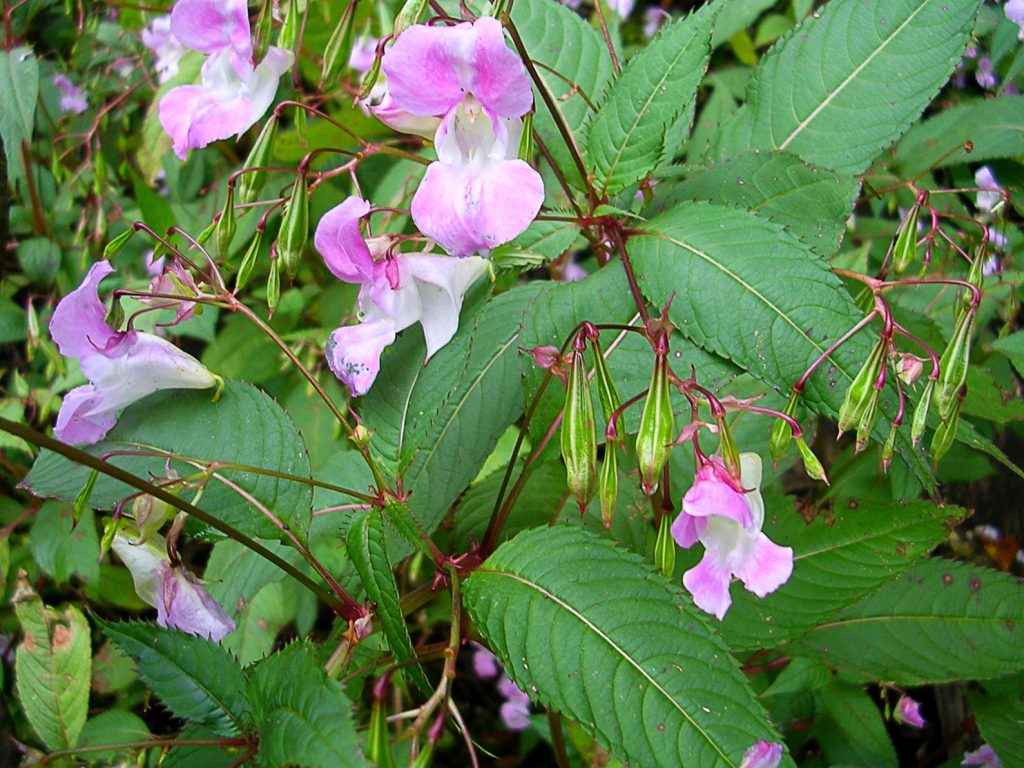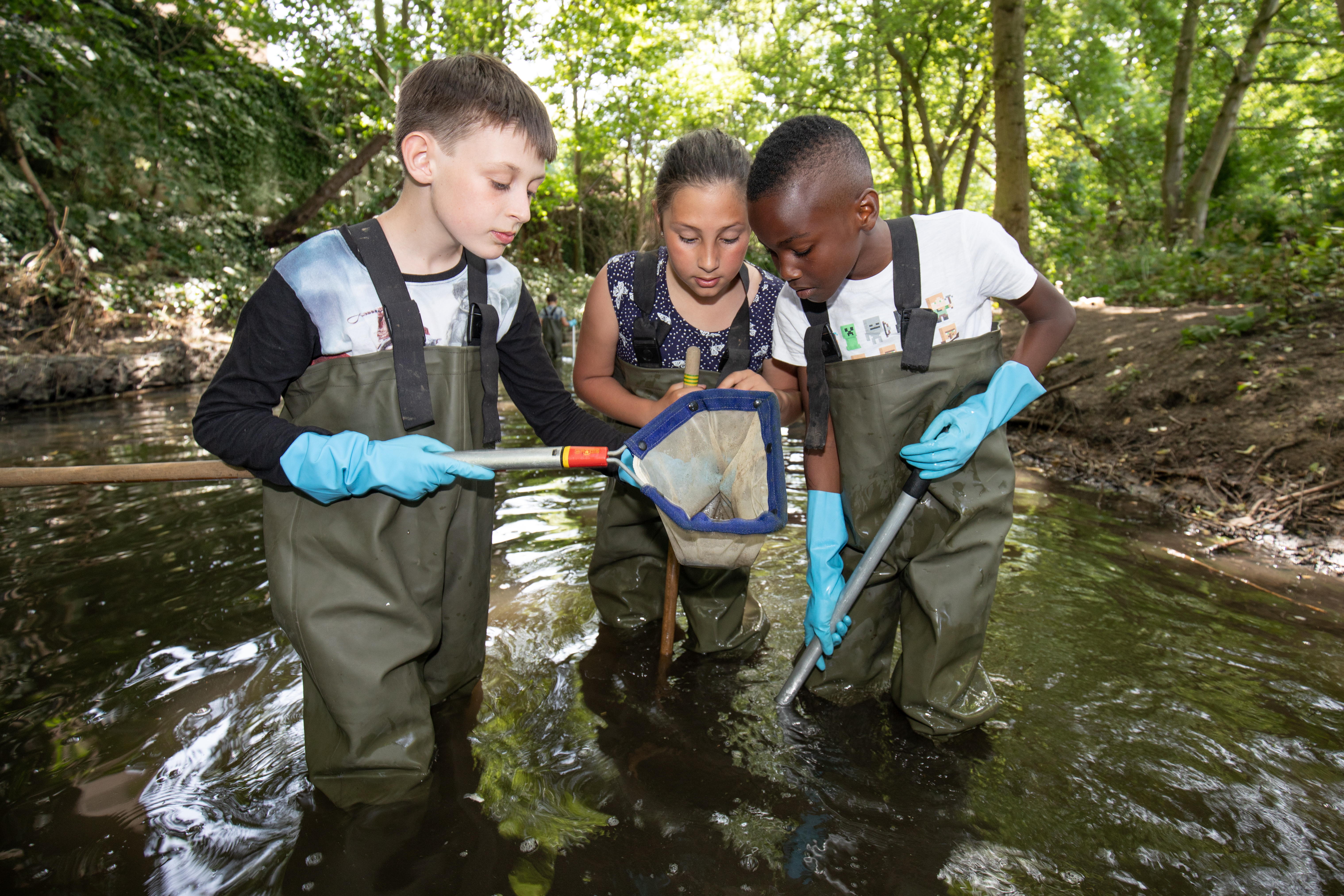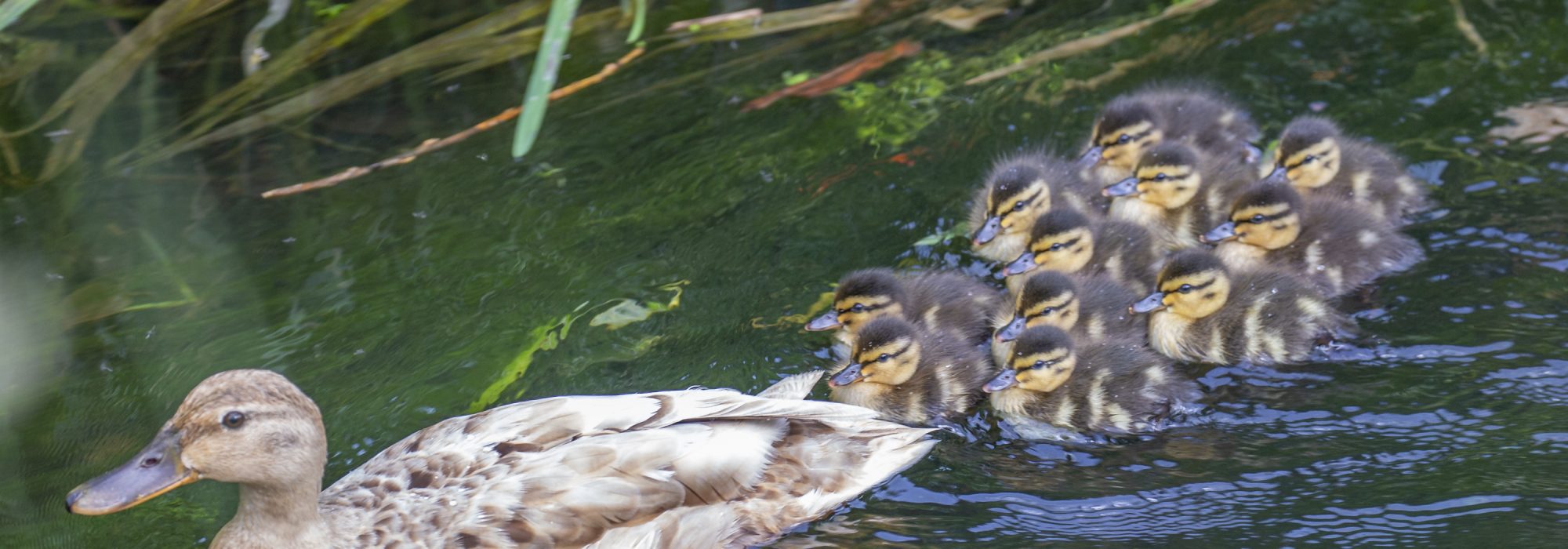Enhancing the River Pinn
The River Pinn rises in Harrow Weald common and flows through West London before eventually joining the River Colne, which then joins the Thames. The Colne catchment as a whole is now highly urbanised, with extensive hard surfaces making it hard for water to soak into the ground, and the River Colne itself has been straightened and constrained within concrete channels. This means that the entire catchment suffers from environmental pressures, such as flooding.
Residents living near the River Pinn in Ruislip have suffered many flood events in recent years, notably in 2016 and in the 1980s, when floods affected 100 homes. The River Pinn is prone to fast, flash flooding and numerous surface water outfalls drain directly into it, causing it to burst its banks in times of high rainfall.
Invasive non-native plants (INNS) are also a problem in the Colne catchment, as they are throughout London. On the River Pinn the invasive Himalayan Balsam plant dominates the riverbank in many places, making it harder for other plants to gain a foothold. Dense scrub blocks out light, which again limits the number and variety of species which can live on the riverbank. It also hides views of the River Pinn from the local community.

The Enhancing the River Pinn two-year project aims to engage the community, reduce flood risk, increase biodiversity and make it easier for local people to access their river. The project will reach out to those Ruislip communities living near the Pinn and invite them to discover it. Sections of the Cannon Brook, a Pinn tributary, and the River Pinn will be restored in order to increase plant diversity, slow the flow of water, increase water storage on the floodplain and reduce siltation. Vegetation management will open up river views, increase light and create a more attractive environment. And by reshaping the riverbanks of the Cannon Brook, allowing water to spread out and soak into adjacent areas, the river will be reunited with its floodplain and be less prone to funnel fast-moving flood water downstream, reducing flood risk.

Enhancing the Pinn’s habitats will benefit wildlife and local people as the site becomes much more attractive. Reconnecting the river to its floodplain creates more diverse river bank vegetation, and new habitats for a variety of wildlife. It means there are more refuges and sheltering spots for fish in flood events, so they are less likely to be washed away. And by planting wetland plants on reprofiled channel banks, we will increase the roughness of those river banks, slowing flood flows.
London’s communities need more access to blue-green space, and enhancing the River Pinn should help enhance local wellbeing. In the long term increased water storage and slower flood flows should lower flood risk for those living downstream.

